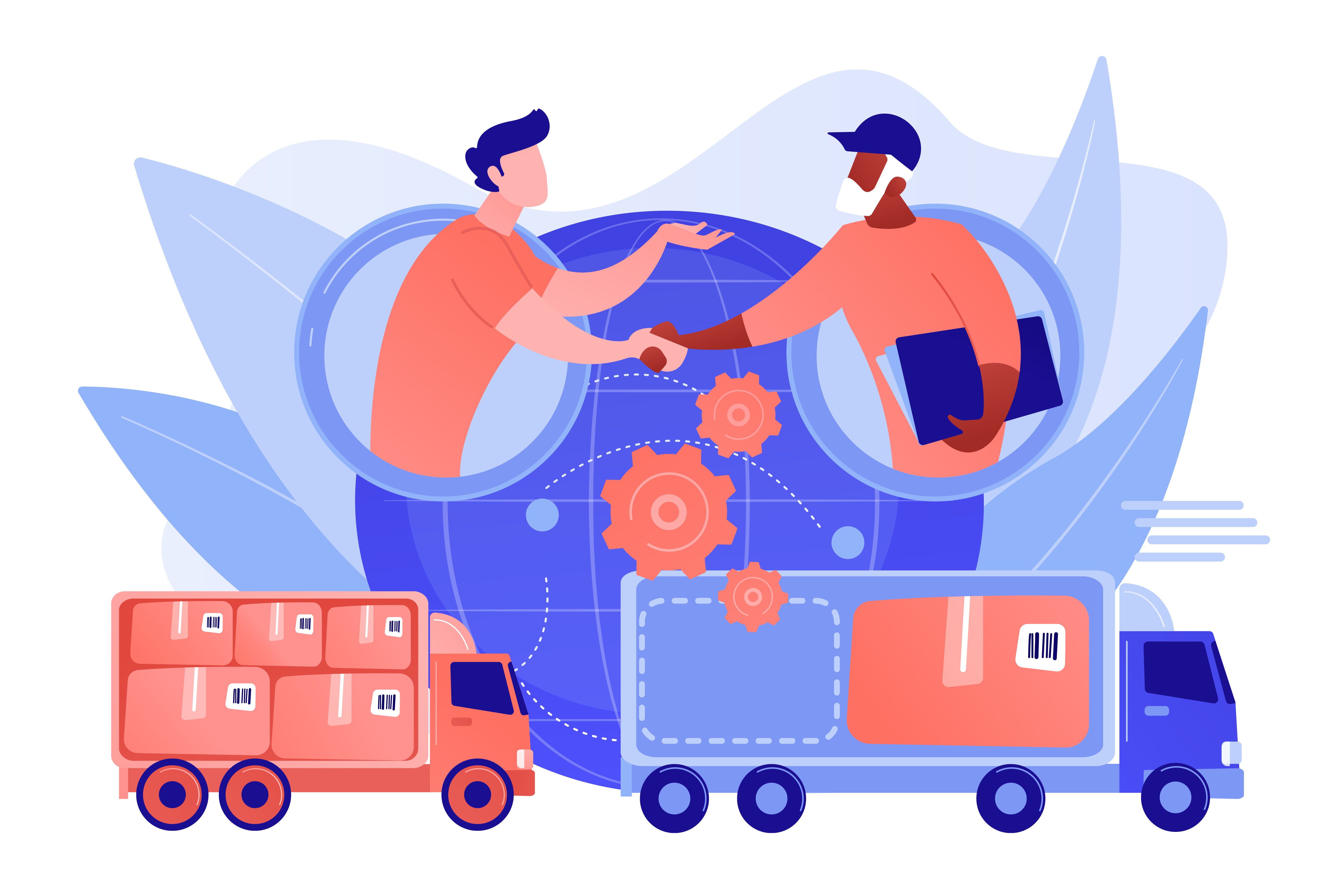Community Liaison | Blog
Supply Chains: from production to purchasing and implications for Food Banks

Many people think of food security as the opposite of food insecurity, which refers to a household’s ability to afford the food they need. However, food security goes one step further to encompass the structure and operation of our food systems. The United Nations defines food security as having consistent, reliable access to safe, nutritious food, as determined by four components:
Availability: “Does food exist near me?”
Access: “Can I get to food easily?”
Utilization: “Will this food contribute to my health and well-being?”
Stability: “Will food be available tomorrow, next week, next month?”
The Institute for Community Prosperity (2021) describes two different ways to look at food security and food insecurity:
1. From a consumption perspective, which looks at the availability, accessibility, and utilization of food.
2. From the production standpoint, which is focused on the stability of food and the food system.
When we think about food security, we need to examine the chain of food production. This includes everything from climate, location of stores, transportation of food, access to locally grown food, and more. We sat down with Tim Maslen, who is a part of the purchasing team in Calgary Food Bank’s Corporate Services department, to hear more about how events over the past two years have impacted food procurement at the Calgary Food Bank.
Where Does Calgary Food Bank Food Come From?
From March 2020 to now, how has COVID-19 impacted the Calgary Food Bank’s ability to procure food for distribution?
Several production facilities where we normally receive items shut down, so some products, especially products from overseas, have taken probably double the amount of time to receive.
Demand for food assistance continues to rise. What does that mean for the Calgary Food Bank in terms of food procurement?
Was there one world event that disproportionately impacted the supply chain at the Calgary Food Bank? What was it and what happened as a result?
The floods in British Columbia really impacted our ability to purchase frozen fruit for a few months and Russia’s invasion of Ukraine led to an increase in oil prices, which in turn raised transportation costs for us.
What is your food bank food procurement strategy? Do you anticipate food market fluctuations, over-production, or something else? What guides your purchasing?
If we ever need to rush to purchase a product, the price goes up, resulting in a balancing act of cost and availability. I work closely with our Warehouse and Inventory Coordinator to prioritize products and forecast inventory purchasing.
As the war in Ukraine continues, we expect food prices to continue to increase given inflation in local and foreign markets, and the increased logistic costs from the energy sector. I do hope that we begin to see a decrease in demand as COVID-19 continues to slow and unemployment falls.
At the Calgary Food Bank, we work hard to ensure we can provide quality, fresh food in a timely manner to food bank users and partner organizations, so that they can focus on needs beyond access to food. We have several satellite locations throughout the city so folks can pick up their hampers closer to home and are working to expand our capacity for fresh foods and more choice for all our programs. However, greater collaboration at local and global levels is required to ensure consistency and stability of the wider food system.


